McDonald’s And The One-Child Policy
July 4, 2015 in Daily Bulletin
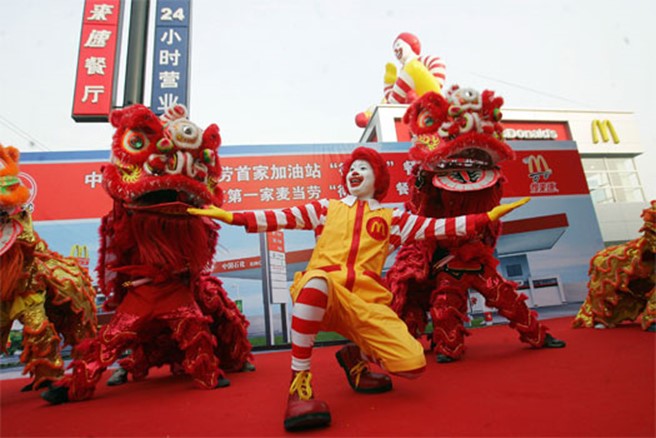
Ryan Healey wrote about how McDonald’s capitalized on China’s One-Child policy to become successful in the country:
- The one-child policy has led to the “little emperor” phenomenon where each child will have two parents and four grand-parents focusing all their attention solely on them.
- The burger restaurant realized that the parents and grand-parents would take the children wherever they wanted to go, and focused its advertizing on the kids.
- It also realized that the little emperors were lonely with no siblings to play with. So the restaurant had playgrounds in each of its restaurants where children could come to socialize and talk.
- McDonald’s would often hire actors to play “Uncle Ronald” and “Auntie McDonald” to oversee and co-ordinate their play.
- To ensure that parents felt comfortable sending their children to McDonald’s the restaurant chain promoted it as a place of education, running essay writing competitions and awarding scholarships.
- Executives also realized that as people stopped living in extended families, McDonald’s could be advertized as a place for family get-togethers, as the children played away in the distance.
Read more here.
Source: Lucky Peach

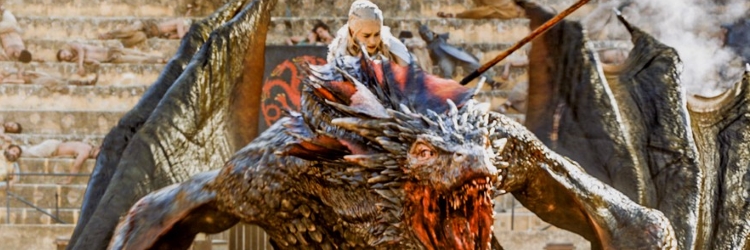






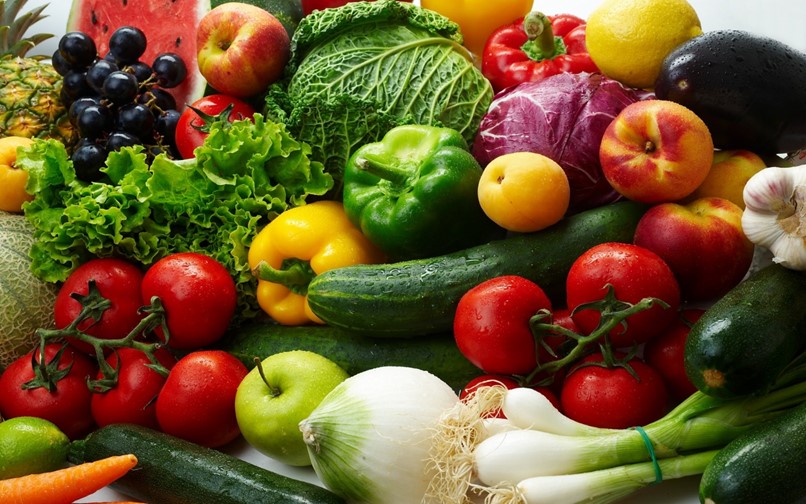
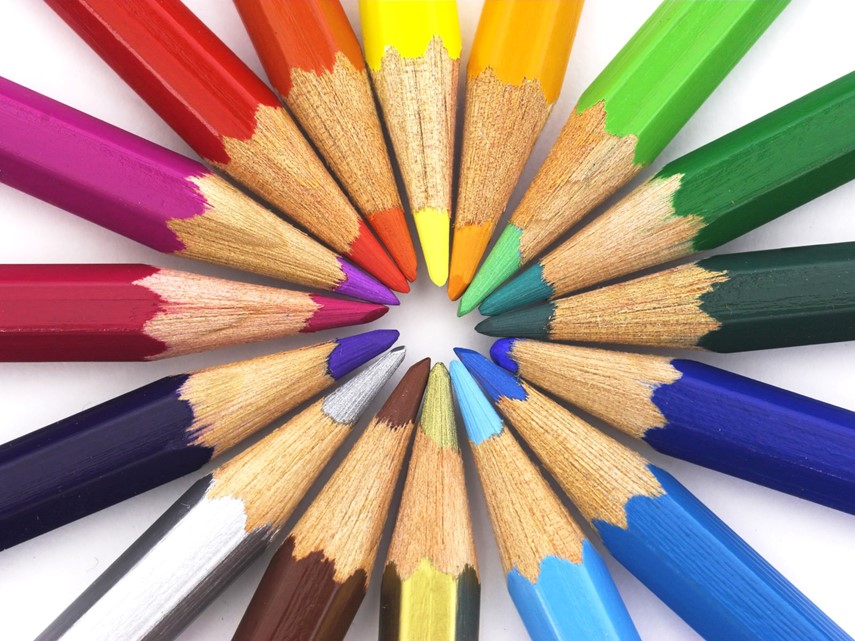
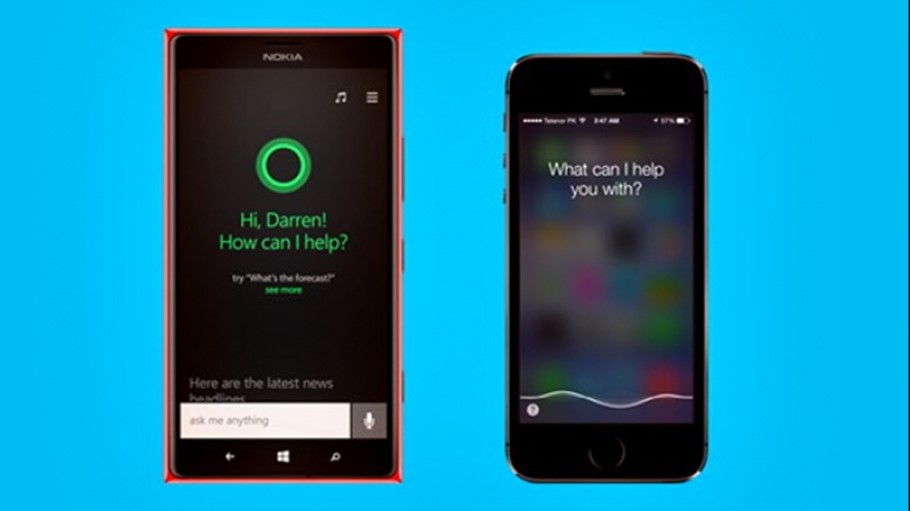
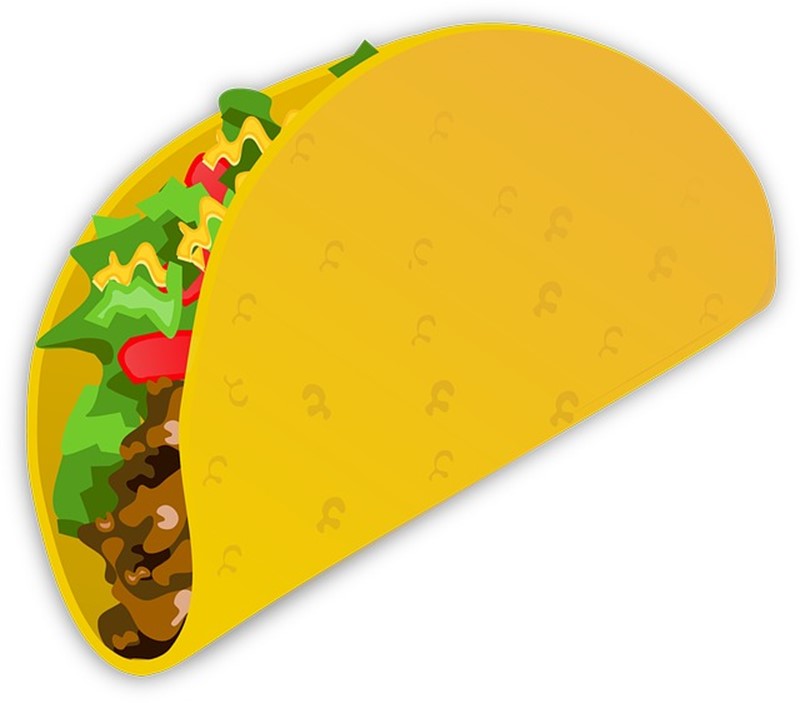



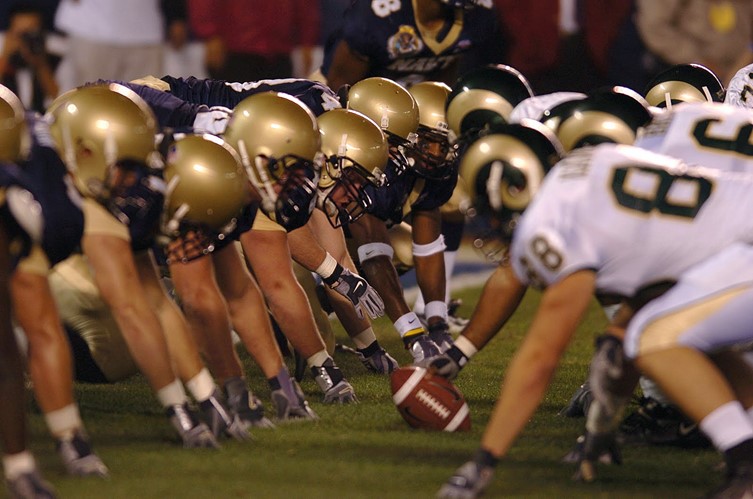
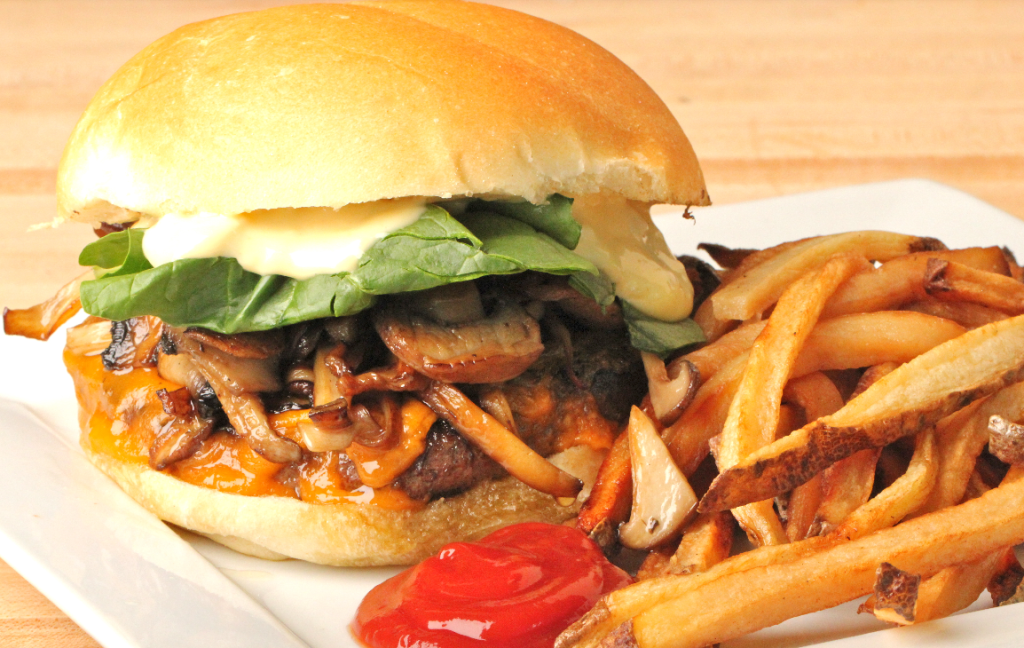
Join the Discussion! (No Signup Required)